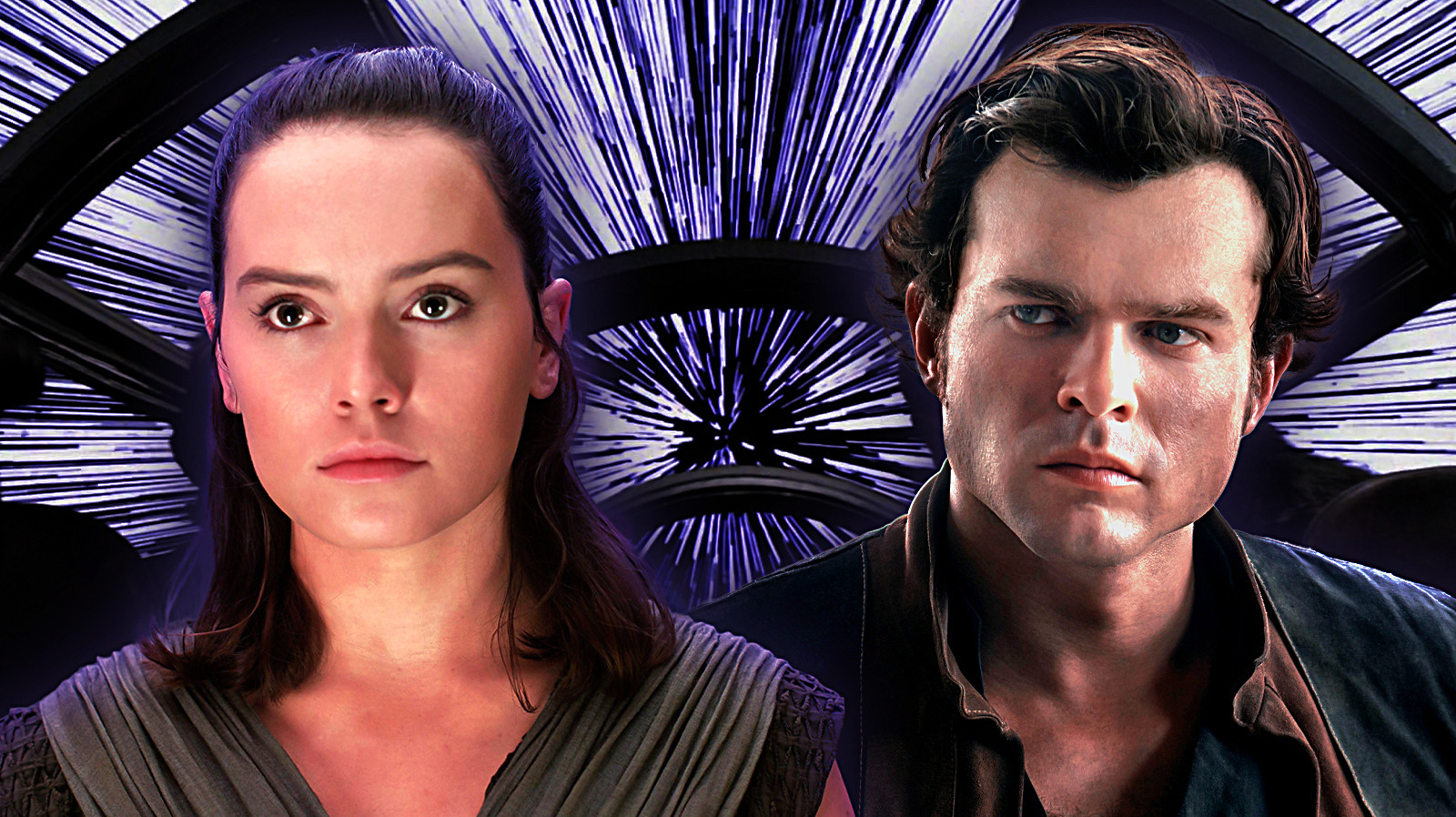
Lucasfilm Is Steering Clear of a Major Misstep With Upcoming Star Wars Films
It’s been nearly five years since a Star Wars film illuminated the big screen. The last installment, Star Wars: Episode IX — The Rise of Skywalker, wrapped up the sequel trilogy on a note that many found unsatisfactory. The consensus is clear: the latter two chapters of the trilogy sparked intense debate among fans, leaving Lucasfilm navigating a somewhat uncertain path for the franchise’s future.
However, the horizon is gradually becoming clearer, with multiple Star Wars projects currently in the works. While many details remain under wraps, it appears that Disney and Lucasfilm have recognized at least one important lesson from past experiences. Initially, Disney had slated two new Star Wars films for 2026. Fortunately, the studio recently changed course, moving the December 2026 release date to Ice Age 6, thereby reducing the number of Star Wars films to just one that year. This decision seems to reflect an understanding that oversaturation can dilute the appeal of such a beloved franchise.
We have seen this before. Consider December 2017, when Rian Johnson’s Star Wars: Episode VIII — The Last Jedi hit theaters, riding the coattails of the tremendous success of Star Wars: Episode VII — The Force Awakens. The overwhelming confidence of Disney and Lucasfilm was met with a polarizing reception; despite grossing $1.33 billion worldwide, the impact on the franchise was undeniable. That was only worsened by the subsequent release of Solo: A Star Wars Story a few months later in May 2018. The film faced a troubled production, resulting in a staggering cost of about $275 million, following the replacement of original directors Phil Lord and Chris Miller with Ron Howard, who had to oversee extensive reshoots. Ultimately, Solo flopped at the box office, earning just $393.1 million globally—the lowest for a live-action Star Wars film.
The takeaway is clear: Lucasfilm must prioritize quality over quantity. The backlash from The Last Jedi paired with Solo’s disappointing performance marked a significant turning point for the studio. Since then, numerous projects have been announced but failed to materialize aside from The Rise of Skywalker. Even that film went through complications, with Colin Trevorrow being replaced by J.J. Abrams during pre-production.
Had Disney and Lucasfilm maintained their original schedule for 2026, we would have seen two Star Wars films premiere just months apart. While that gap was slightly longer than the five-month interval between The Last Jedi and Solo, it was still not enough. In this era, Star Wars should avoid overextending itself. Even the Marvel Cinematic Universe has scaled back its releases, highlighting the importance of focusing on the quality of content rather than churning out numerous titles.
Currently, one project that seems poised for success is The Mandalorian and Grogu, taking the May 2026 slot. Yet the future remains uncertain, filled with discussions and concepts but lacking a solid direction—at least in public. Recently, Simon Kinberg has been tapped to develop an entirely new Star Wars trilogy that picks up after the events of The Rise of Skywalker. Additionally, Dave Filoni, the celebrated mastermind behind The Clone Wars and now Lucasfilm’s chief creative officer, is on board to direct a film that’s expected to conclude the storyline established through The Mandalorian and its spinoffs.
Moreover, James Mangold, famed for Logan, is helming a project set during the early days of the Jedi, long before the original trilogy, while Sharmeen Obaid-Chinoy is set to direct a film featuring Daisy Ridley reprising her role as Rey as she embarks on creating a new Jedi Order. These emerging projects are just a glimpse into a broader slate of developing films.
However, given the many abandoned projects, like Johnson’s proposed trilogy and Kevin Feige’s Star Wars venture, it’s hard to believe that all these new films will actually come to fruition. The reality is that Lucasfilm continues to grapple with finding a clear path for the franchise in theaters, making it perhaps an ill-fated idea to rush two films into production to release close together. Ensuring a substantial interval between films benefits both the audience—by preventing fatigue—and the production quality itself.
As of now, much remains uncertain. Kinberg’s trilogy may overlap with Obaid-Chinoy’s project, potentially intertwining new characters or reframing existing narratives. Additionally, we could still see standalone films that echo the success of Gareth Edwards’ Rogue One, which grossed over $1 billion and paved the way for the hit series Andor.
At the heart of it, The Mandalorian has proven to be a triumph on Disney+. However, with Filoni’s film likely wrapping up the timelines we’ve come to love, it’s crucial that Lucasfilm reinvigorates Star Wars’ cinematic identity. This demand for patience and anticipation is key; The Force Awakens thrived after a significant hiatus following Star Wars: Episode III — Revenge of the Sith. While we don’t need to wait nearly a decade between films, releasing two in one year could dangerously heighten the risk of audience burnout and diminish the potential for impactful storytelling.
The Mandalorian and Grogu is slated to hit theaters on May 22, 2026, promising to reignite a galaxy far, far away.



